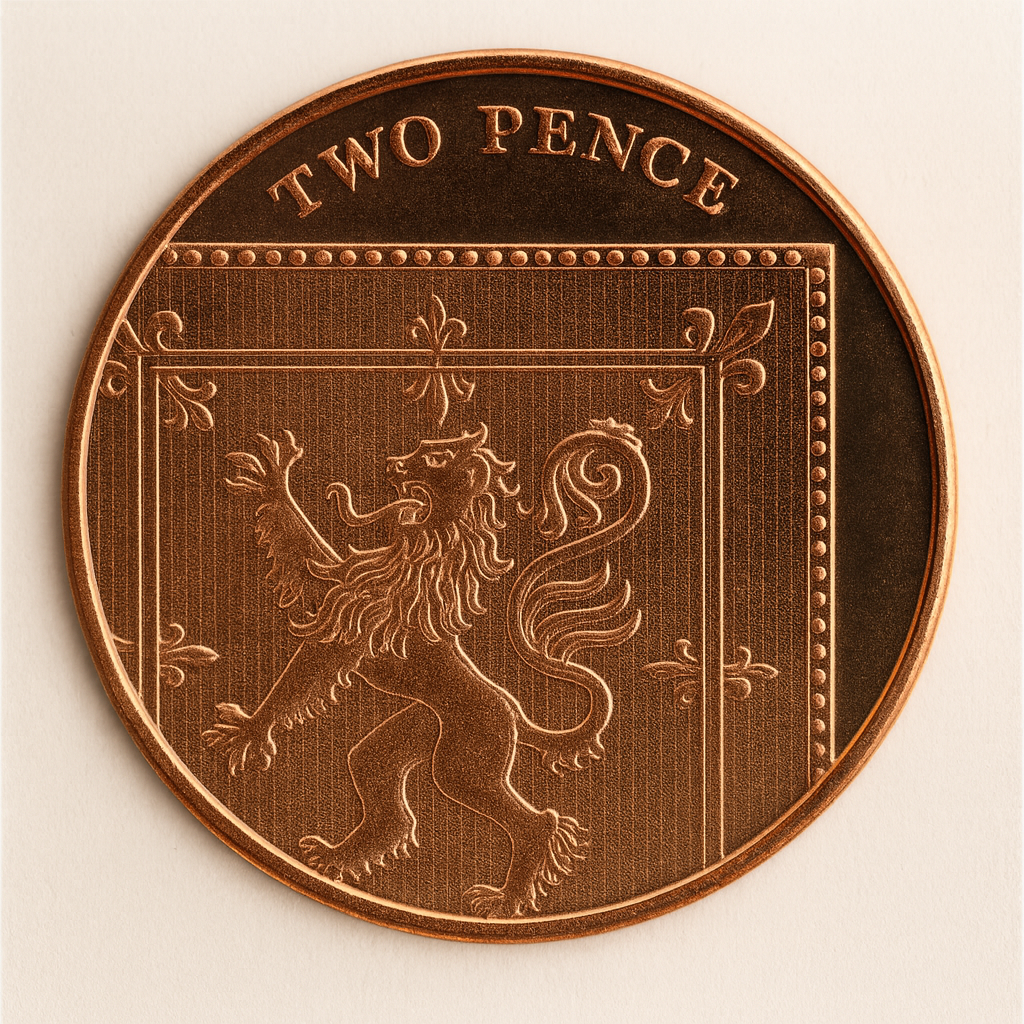
Rachel Reeves and the 2p Trap
The chancellor’s proposed income tax shuffle is clever accountancy but toxic politics — a pledge-break disguised as fiscal discipline, and proof that Labour has trapped itself in rules it cannot escape.
The rest of the blog

The chancellor’s proposed income tax shuffle is clever accountancy but toxic politics — a pledge-break disguised as fiscal discipline, and proof that Labour has trapped itself in rules it cannot escape.
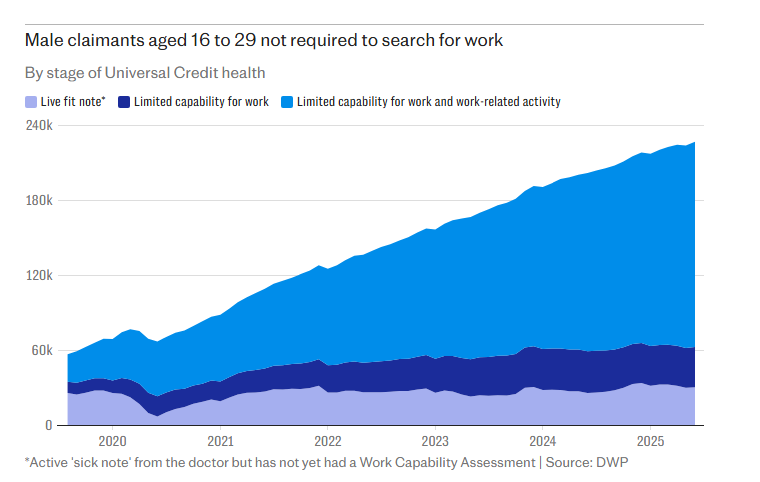
More than 200,000 young men aren’t “signed off for life”—they are the reserve army of labour, conscripted into the Telegraph’s morality tale to prepare the ground for austerity.
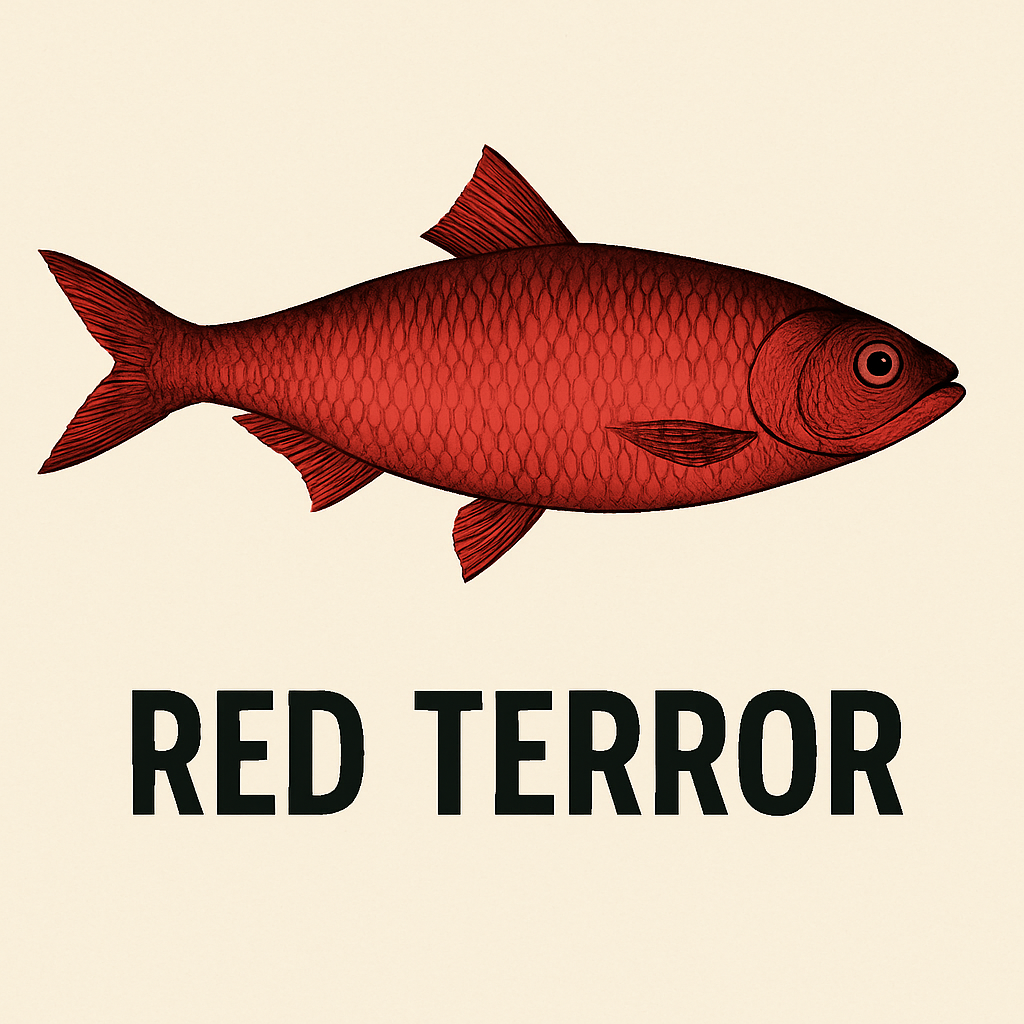
David Frost calls it a new “Red Terror.” The truth is plainer: it’s the Right’s wars, coups and crackdowns that have spilt the deepest blood in politics.
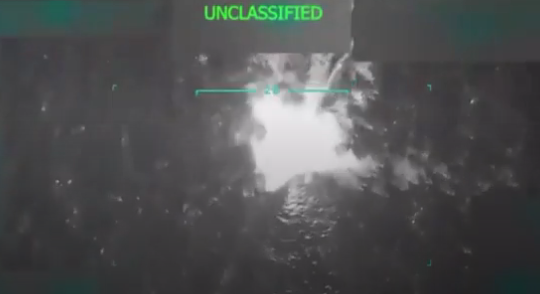
Trump’s latest “kinetic strike” killed three unknown Venezuelans he labelled “narco-terrorists.” The phrase is not law but incantation, a word that strips away humanity and legitimises killing. From Vietnam body counts to Obama’s “signature strikes,” America has always named its enemies into existence, and into death.
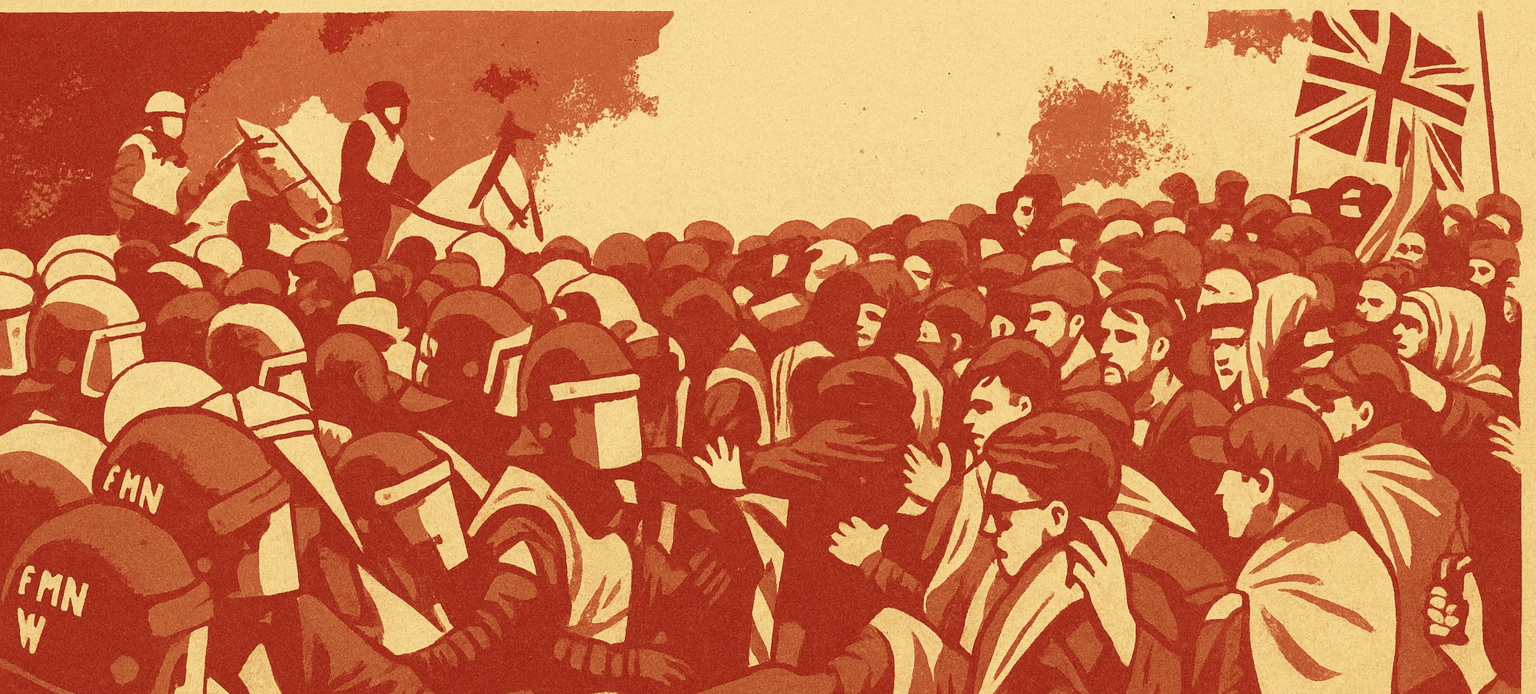
To call Robinson’s rally “populist” or “right-wing” is to miss the point. Fascism doesn’t require every marcher to be a coherent ideologue; it requires a mass, a scapegoat, and leaders prepared to turn grievance into violence. That is what we saw in London.
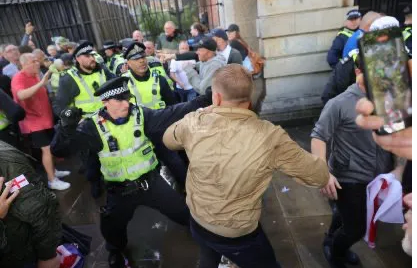
The events of Saturday (13/09) prove that Britain can go fascist. Musk calls for violence, the Telegraph and Times launder his words, and Starmer clings to the flag. We must name the danger or watch it grow.
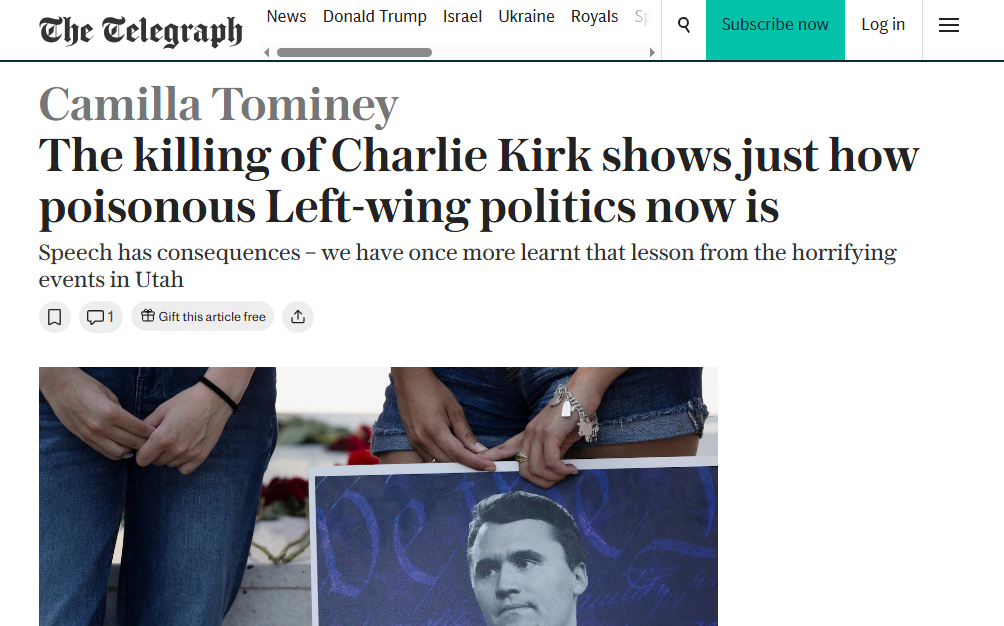
Camilla Tominey’s sainthood act for Charlie Kirk trades politics for piety. The Right already owns the machinery (press, finance, courts, police) and Kirk was part of the drive shaft. A death certificate doesn’t wash clean a career built on making violence respectable.
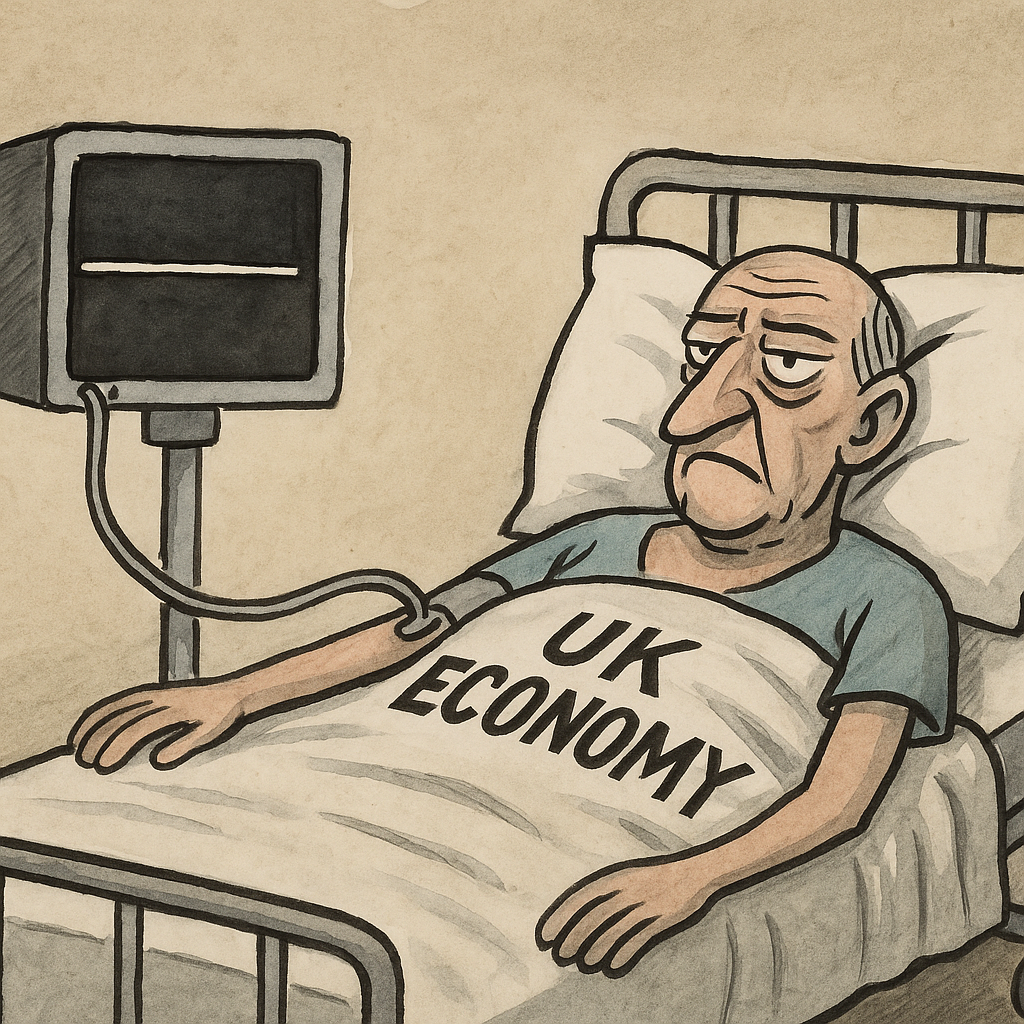
The ONS reports zero growth in July. The papers call it “grim news” for Rachel Reeves. In reality, it is the latest entry in a long obituary for British capitalism — a system now sustained only by euphemism, stagnation, and decline.

Tony Blair has joined Jared Kushner and Donald Trump in shaping Gaza’s “future.” Palestinians are absent from the room. What is being planned is not peace but profit, not sovereignty but a new frontier for capital.
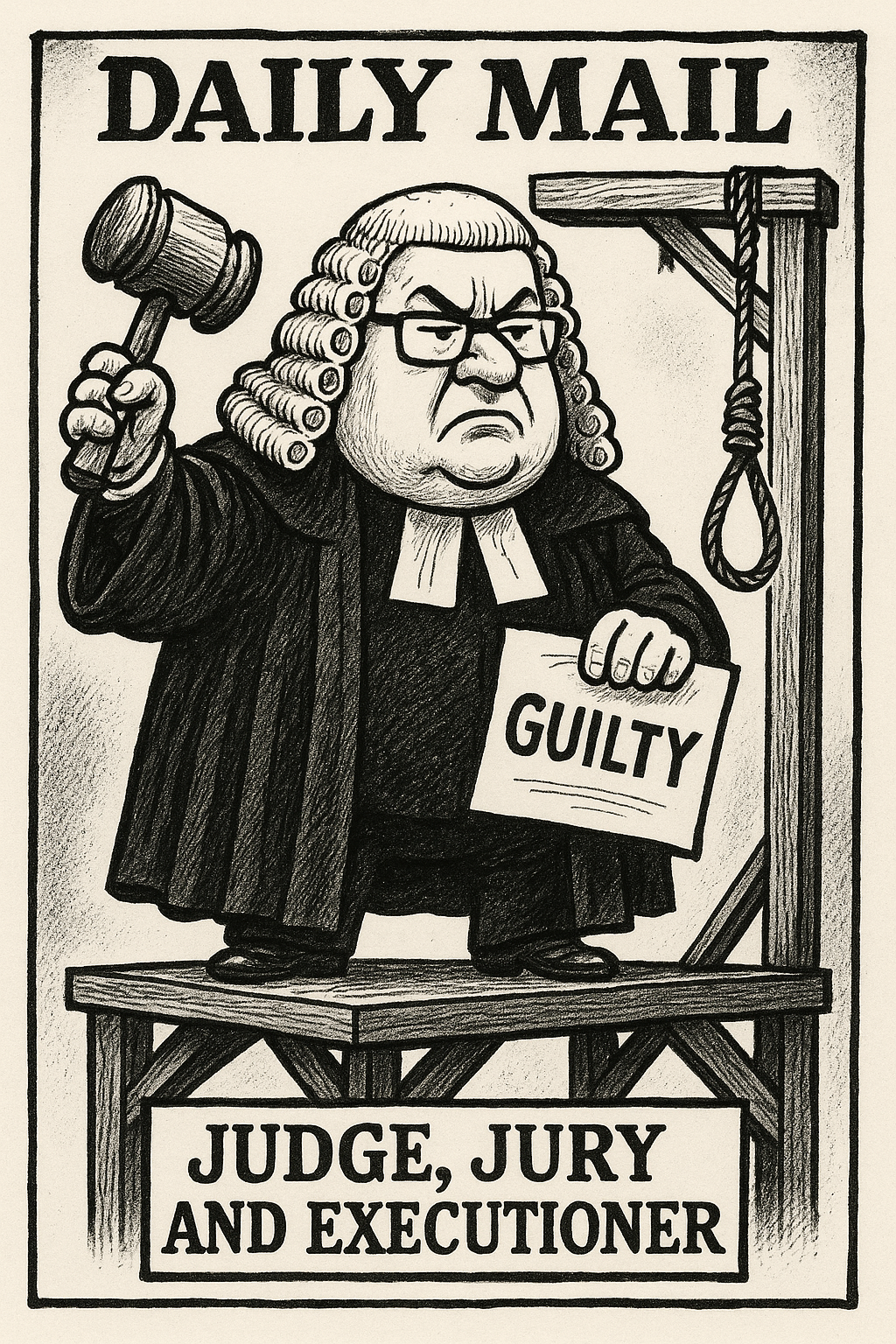
Dan Hodges’s Mail column denouncing Palestine Action as “terrorists” is not journalism but ideological policing, an attempt to criminalise dissent while excusing the real violence: Britain’s complicity in Gaza’s destruction.
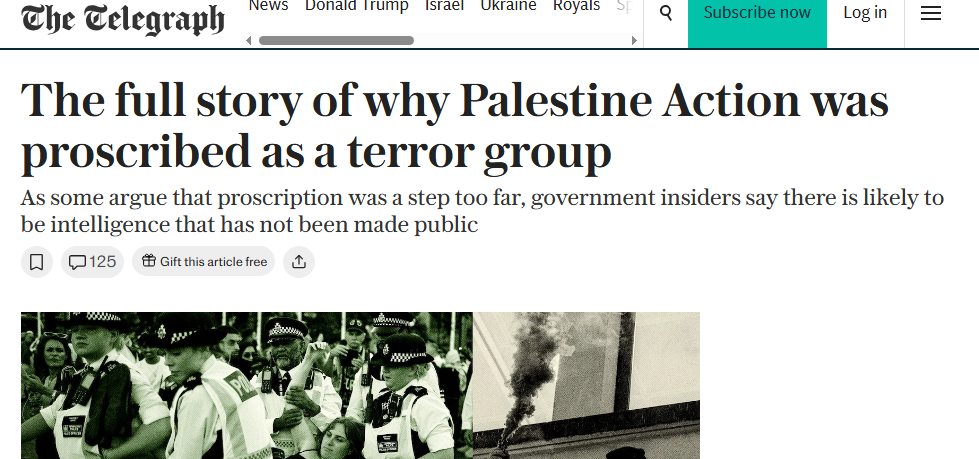
The Telegraph calls it “the full story” but it’s really the Home Office’s bedtime story – a script of shadowy threats, secret evidence we can’t see, and the quiet redefinition of protest as terrorism. Today it’s Palestine Action. Tomorrow it could be any movement that crosses a minister’s red lines.
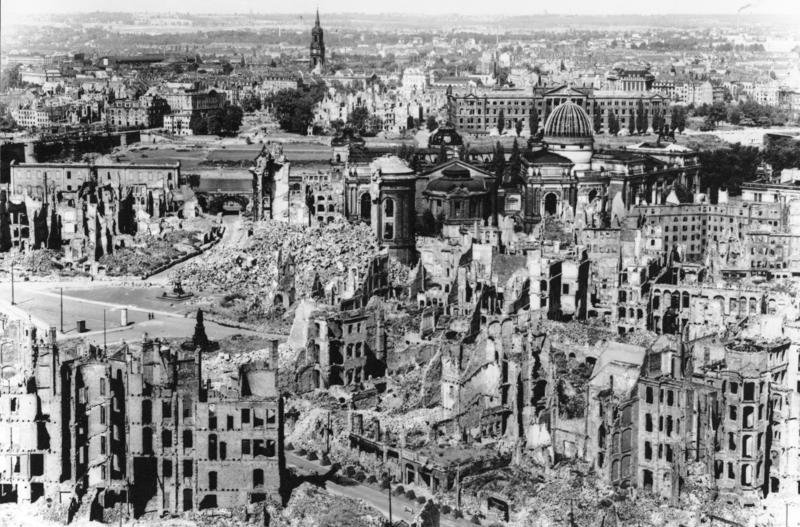
The crimes of Dresden, Hiroshima, and Nagasaki were supposed to teach the world “never again.” Huckabee’s defence of Gaza’s destruction turns that into “do it again” — not moral clarity, but moral collapse.
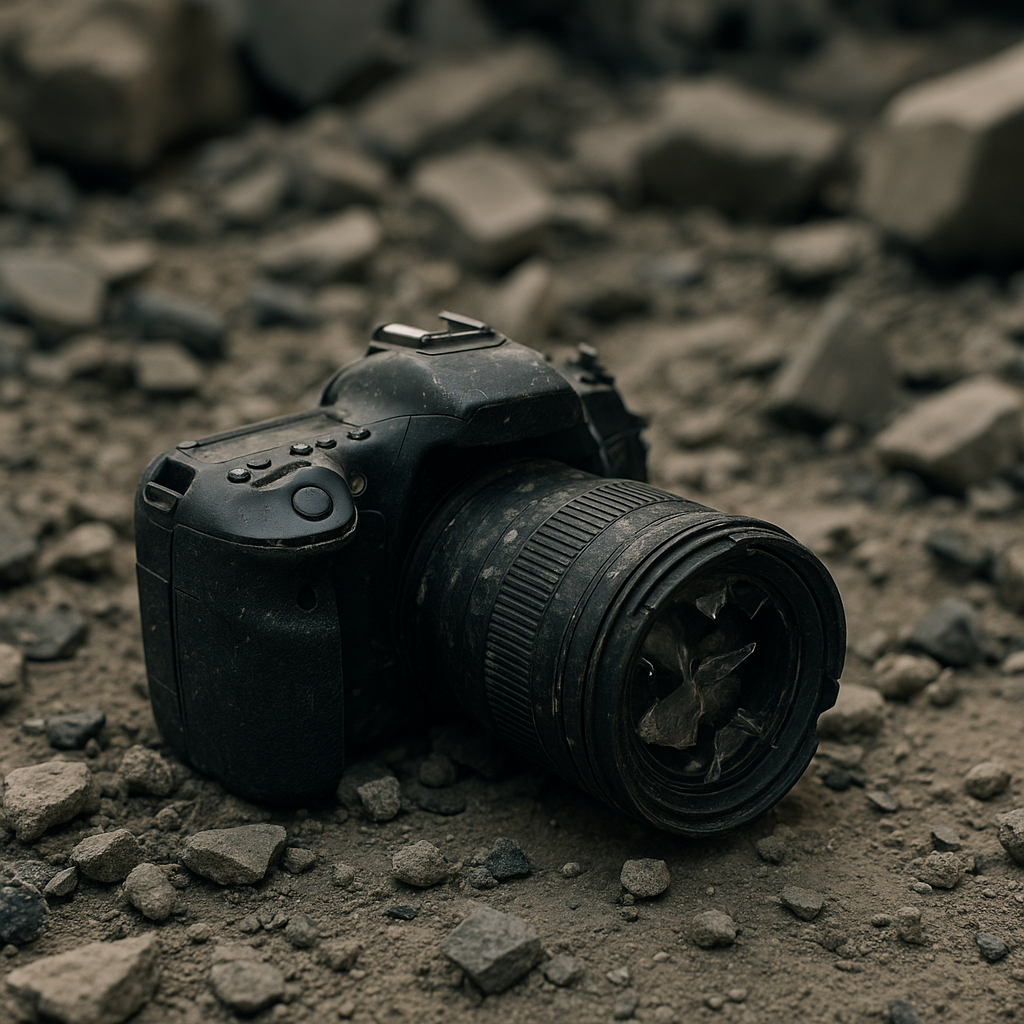
Israel killed Anas al-Sharif because it feared what he could still show the world.

Gilbert Achcar’s The Gaza Catastrophe is not a plea for sympathy. It is a political weapon. Written in the midst of genocide, it strips away the euphemisms, the diplomatic theatre, and the moral fog. This war, he argues, is a settler-colonial project. Accelerated to its most brutal form, with the full backing of the Western powers who claim to uphold human rights. Achcar names the system, maps its historical scaffolding, and indicts not only Israel but the global order that enables it. This is not a book of mourning. It is a call to act.
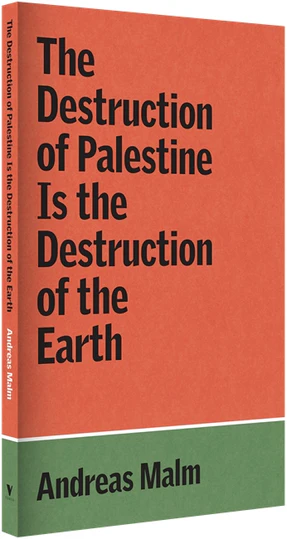
“Palestine is not a digression from the climate movement. It is its centre.” That’s the force of Andreas Malm’s pamphlet, The Destruction of Palestine Is the Destruction of the Earth. It doesn’t ask for reflection. It demands action. This isn’t a balanced account of Gaza or a theory of climate collapse. Instead it’s a weaponised intervention against the politics of impunity. What Malm offers is a raw and necessary link: between the bombs that fall on Jabaliya and the storms that drown Derna, between settler colonialism and fossil capital, between the rubble of Akka in 1840 and the rubble of Gaza in 2024. The pamphlet is furious, and entirely justified. It should be read, and used.

Live Aid was forty years ago. Today, we are haunted once again by the images of starving children (and now, starving adults) in Gaza. But this time, it doesn’t seem to register. No concerts. No campaigns. No national reckoning. Why? Because the system can only process suffering when it’s stripped of politics. Ethiopia’s famine was framed as fate. Gaza’s is a siege, and Britain is complicit. That’s the difference.
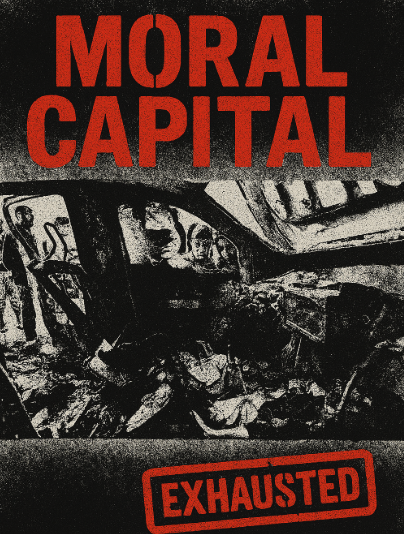
Moral capital was never just sympathy, it was a strategy. It allowed Israel to present itself as victim and victor, past sufferer and present enforcer. But capital is not infinite. What was once a shield has become a smokescreen. And in Gaza, that smokescreen has lifted.
The world is watching a nuclear-backed state starve and bomb a captive population, and still we are told this is security. But what happens when the story no longer convinces? What remains when the history runs out? Only the force. Only the ruin. Only the lie that it was ever anything else.

The bombs may fall from jets, but the targeting, the supply chains, the surveillance, all of it is corporate. Gaza isn’t just a warzone. It’s a testing ground. A lab. A marketplace. The killing is done with precision. The profits are logged in real time.